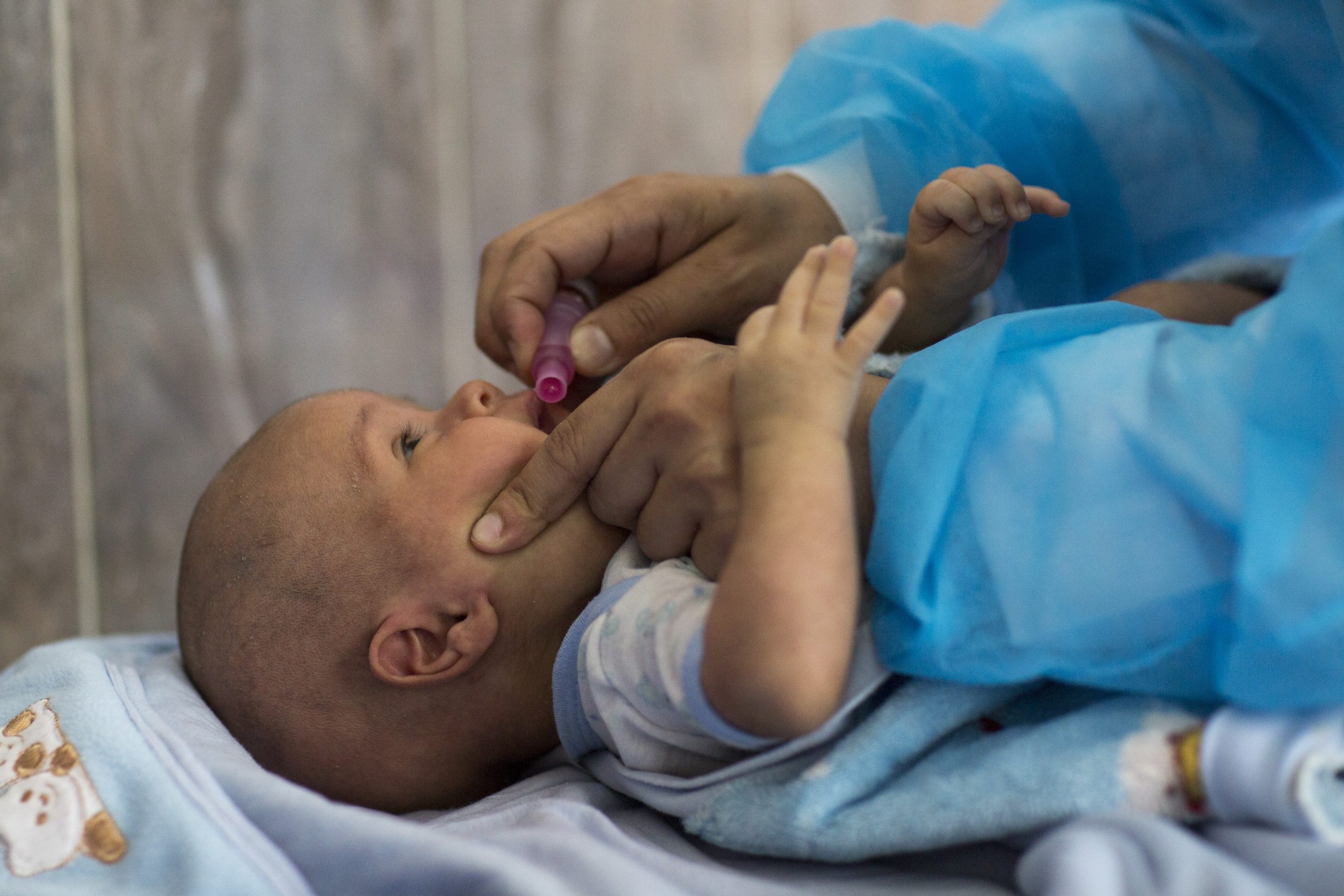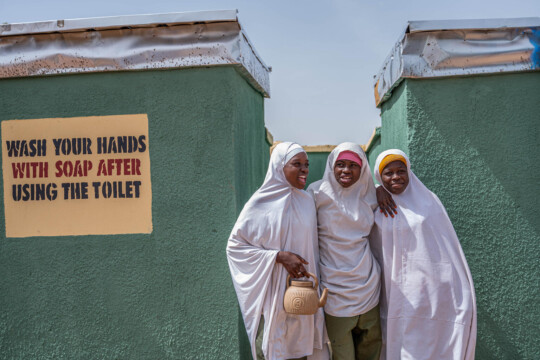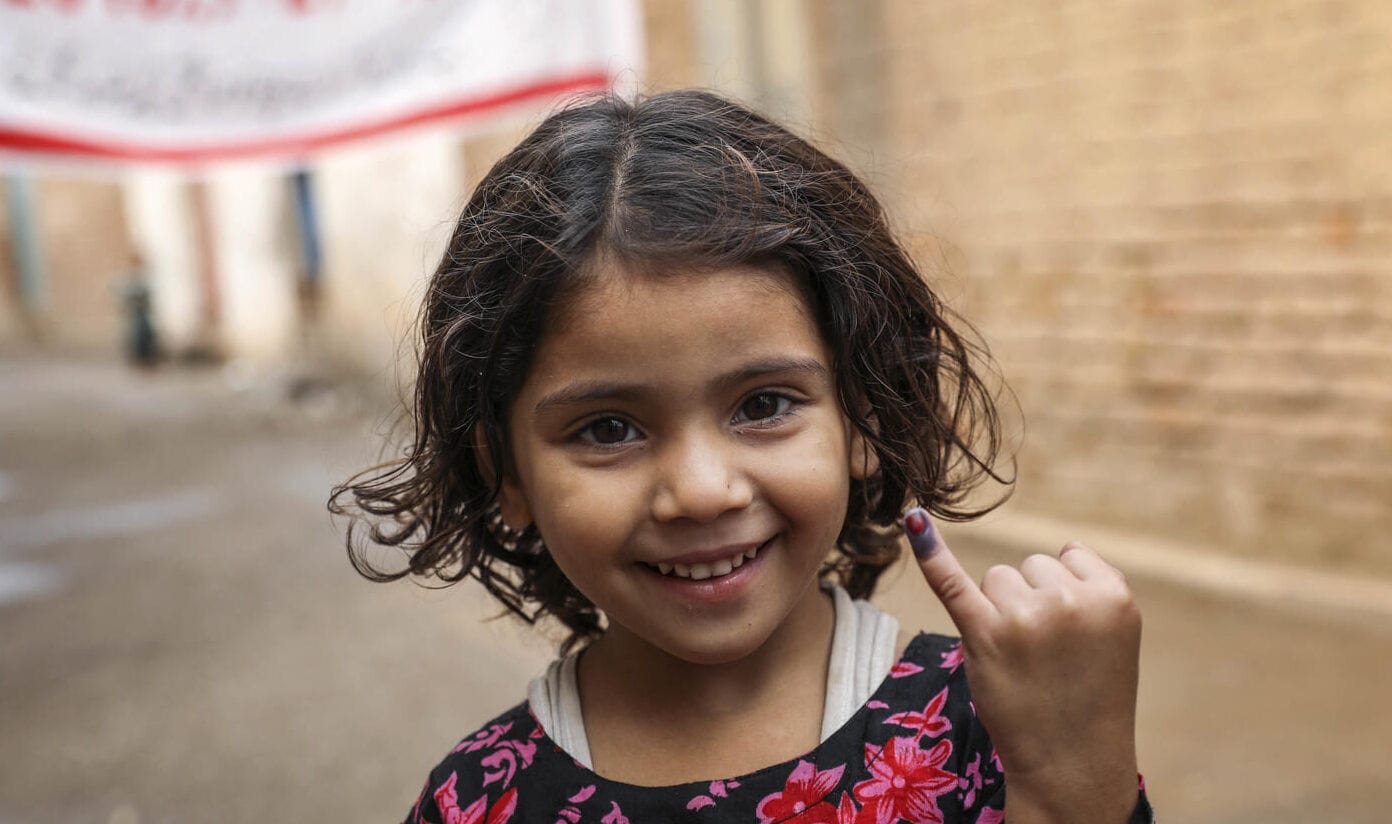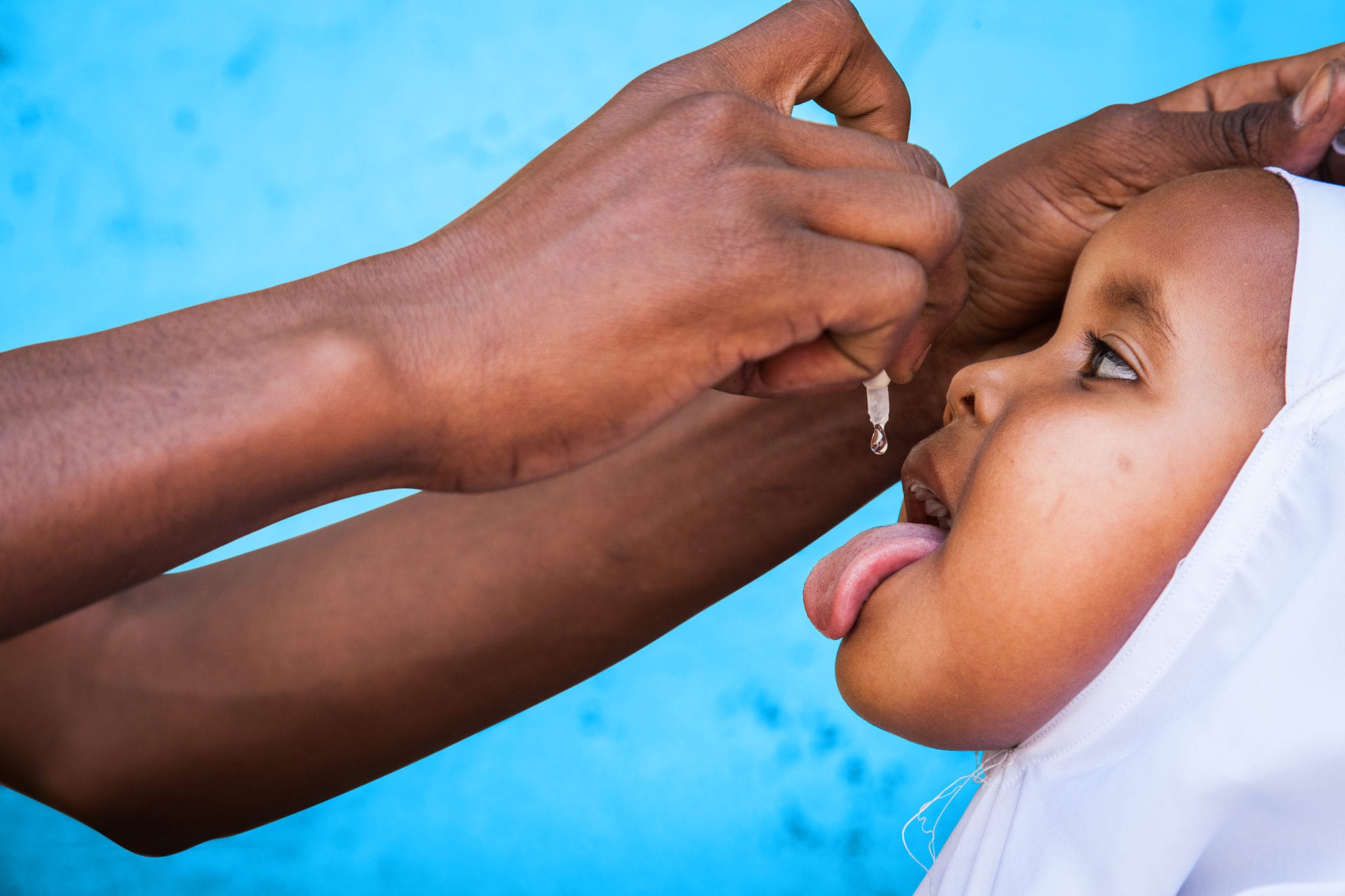
Immunization is one of the most cost-effective public health interventions to date, saving an estimated 2 to 3 million lives each year. As a direct result of immunization, the world is closer than ever to eradicating polio, and deaths from measles – a major child killer – have declined by 73 per cent worldwide between 2000 and 2018, saving an estimated 23.2 million children’s lives. The emergence of COVID-19, however, threatens to reverse this progress by severely limiting access to life-saving vaccines.
Data collected by the WHO, UNICEF, Gavi, and the Sabin Vaccine Institute showed that country lockdowns measures had substantially hindered the delivery of immunization services in at least 68 countries, putting approximately 80 million children under the age of 1 at increased risk of contracting vaccine-preventable diseases. Understanding the severity and potential negative consequences of immunization service disruptions, including the possible resurgence of measles outbreaks, requires taking stock of trends in immunization coverage prior to the COVID-19 pandemic. This includes looking at global trends, regional patterns, and variations across countries. Such baseline information provides the needed backdrop for tackling the risk that COVID-19 will turn back the clock on the success of immunization programmes around the world.
Trends in immunization coverage: Where were we before the pandemic hit?
In general, global trends from 1980 to 1990 show a rapid escalation in immunization coverage, followed by a slower pace of progress until 2010 and then a gradual plateauing in progress through 2019, the latest year of available comparable country data (Figure 1). Newer vaccine introductions, such as measles second dose (MCV2), pneumococcal (PCV), and rotavirus (ROTAC) show a similar pattern of rapid uptake upon initial introduction, but none have reached the current average global coverage levels of more established vaccines, even after 10 years of implementation. The long overall stagnation in vaccination coverage levels, with no vaccine exceeding 90 per cent at the global level, raises questions about what strategies are needed to tip the scales and move the world closer to achieving the Sustainable Development Goal 3.b.1 target of universal vaccination coverage.
Unpacking the global estimates to show regional trends in coverage of the third dose of diptheria, tetanus, and pertussis (DTP3) (Figure 2) reveals considerable unevenness in progress. The West and Central Africa region is lagging much further behind other regions and this disparity needs to be addressed. The trends also make clear that progress is not a linear trajectory and gains achieved can be lost. The Latin America and Caribbean region showed an alarming 12 per cent drop in coverage between 2010 and 2019 compared to the South Asia region that showed the exact opposite of a 12 per cent coverage increase.


